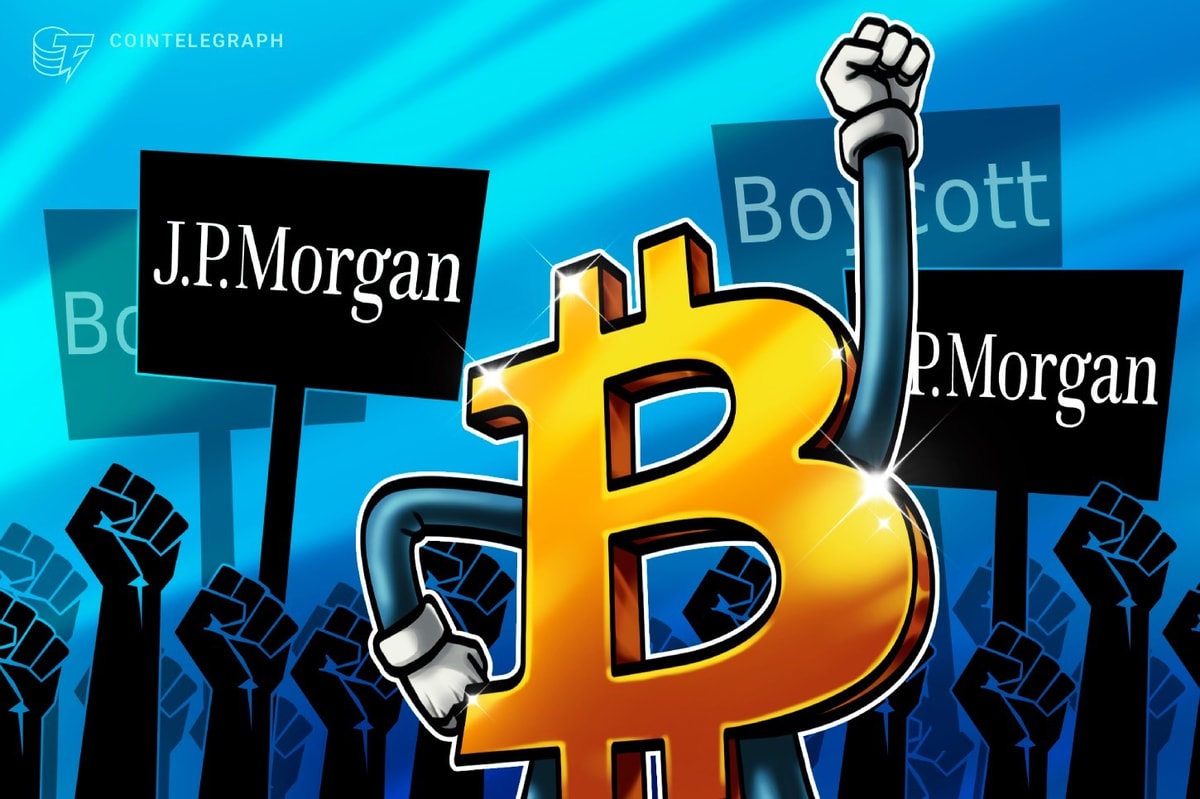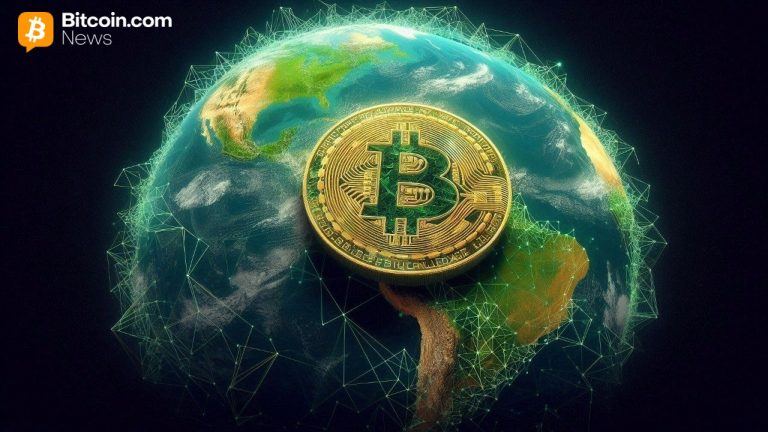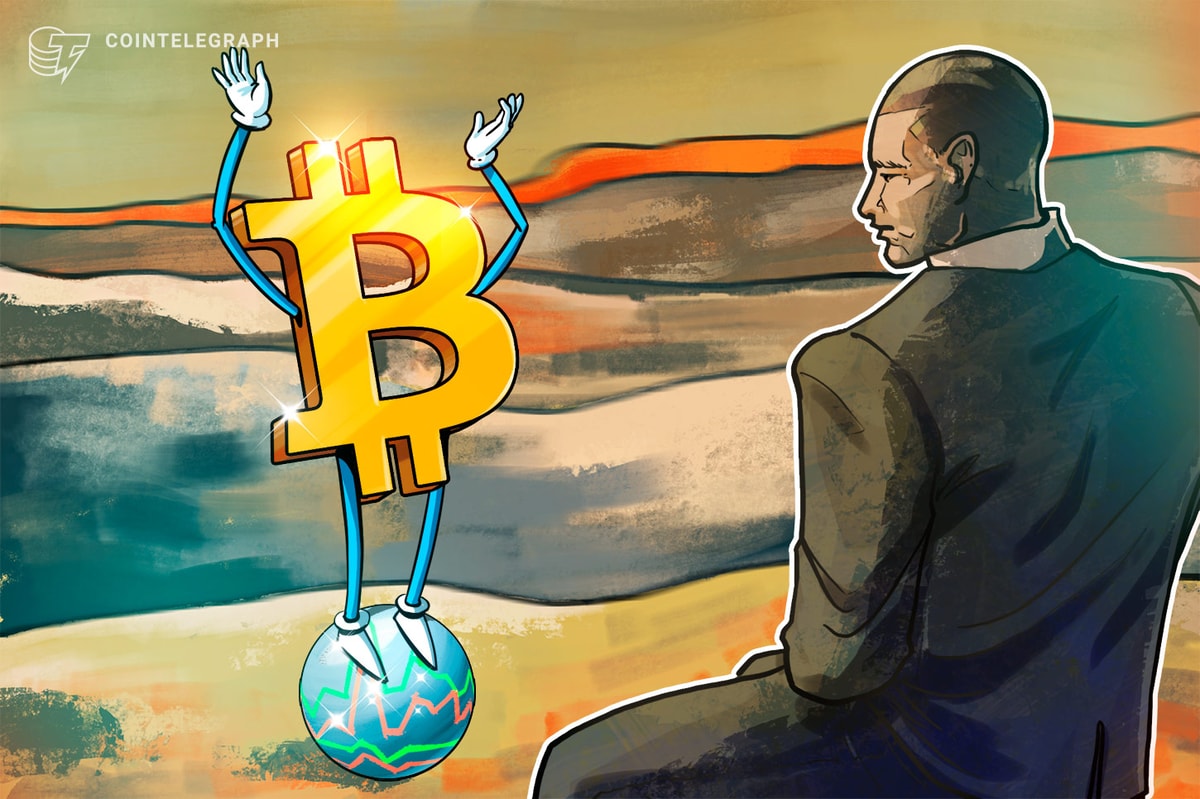Why the Federal Reserve should cut interest rates
7 min read
Too much fiscal stimulus ($6.3 trillion) combined with widespread global lockdowns disrupted the fragile economic balance. Too much stimulus hampered a recovery by reducing the percentage of the population willing/needing to work which fueled labor shortage induced inflation.
A fiscal solution was needed to solve this core source of supply-shortage-related inflation. Specifically, legislation that focused on incentivizing people to work and for businesses to hire those that have been out of the workforce.
In the absence of a fiscal solution, the Federal Reserve took it upon itself to attack inflation. However, the Fed uses monetary tools geared toward impacting the demand side of inflation.
Unfortunately, the Federal Reserve was the last to recognize inflation was more than just transitory. So instead of raising rates slowly and ceasing printing trillions of dollars when the economy first reopened, the Fed didn’t begin raising rates until a year ago after year-over-year inflation had surpassed 7%.
The Federal Reserve increased interest rates higher and faster in 2022 than ever before, creating the greatest decline in value of all loans and bonds, by far.
The Barclay’s Aggregate Bond Index had a total return of negative 13% compared to its previous worst year of down 3%. But it’s most relevant to focus on just the 15% drop in the average price of bonds in 2022, as this determines the realized loss a bank takes as a hit to its capital/equity if it sells a loan to raise cash.
As banks are required to lend, all of banks’ assets are loans/bonds.
Disintermediation
Modern day banks are structured to have roughly 8% of equity/capital. So, if 100% of their assets declined 15% in value, you better hope people don’t ask for more money than the bank has on hand or they will need to sell assets to raise cash and realize losses, which chips away at their capital value.
When assets are worth less than liabilities, the bank has negative net worth and is technically insolvent.
Thankfully, one of the lessons the Fed learned after the financial crisis of 2008 was to scrap the requirement of banks to constantly mark-to-mark assets while still being required to meet regulatory capital requirements.
Regardless, today it takes only a very small amount of assets to be sold at such large losses for a bank to breach its regulatory capital requirement and be seized by regulators.
Before money markets were a thing, as time passed, lower interest rate loans were paid off and banks re-lent money at higher rates and life goes on.
Unfortunately, the Fed set up a way for money market funds to benefit from government guaranteed short-term interest rates set by the Fed itself.
For technical reasons, the Fed calls this a reverse repo facility. While this facility was originally only meant to be used in an emergency, you can imagine how popular this is for money market funds, given the government guarantee, instant liquidity, and attractive rate currently set at 4.55% with zero risk to the price of their investment (i.e., zero duration).
This reverse repo facility went from unused two years ago to now having over $2 trillion.
“Disintermediation” strikes fear into every banker as it refers to people taking their cash out of a bank to earn a higher rate somewhere else.
Naturally, it only occurs when interest rates rise rapidly (and banks assets will generate losses if sold). Banks tend to keep deposit rates low initially to maintain a positive spread between the rate borrowers are paying them on loans made at very low interest rates and the rate they pay on deposits.
Given the astounding pace of rate increases in the past year, the gap between what can be earned in a money market fund versus a savings account has probably never been larger. If something doesn’t change soon, this will not have a happy ending.
Most think that the Fed is simply supposed to try and maintain full employment and stable prices, but the Federal Reserve was originally set up to do much more than that including:
- Supervising and regulating banks and other important financial institutions to ensure the safety and soundness of the nation’s banking and financial system and to protect the credit rights of consumers.
- Maintaining the stability of the financial system and containing systemic risk that may arise in financial markets.
So, while Congress is clearly to blame for sparking rampant inflation, it is worth asking why members of the Fed are acting like a bunch of rookies that need to retake a “Money and Banking” class.
Liquidity solutions
Typically, loan defaults cause banks to fail. Today, defaults are very low. If banks didn’t have to sell assets at a loss, there wouldn’t be a problem.
So it’s understandable that the FDIC, U.S. Treasury, Federal Reserve, and other banking regulators have spent the last week scrambling to find solutions that provide enough liquidity for banks to meet demand from customers taking out their cash.
The banking sector recognizes the full threat of what is happening even more so than regulators at the moment. A group of banks got together to give First Republic Bank $30 billion in cash because they realize the dangerous contagion from a regional bank failing.
Banks issue bonds. The bonds are investment-grade and typically considered relatively low risk bonds.
However, the Fed’s most recent rate increases both caused bank assets to become worth less than their liabilities and accelerated the flight of deposits out of banks and into other higher yielding options.
As a result, if a bank is seized today and its assets are sold to make depositors whole, there will be nothing left for bondholders.
And if one regional bank fails, all bonds of all regional banks will go to zero, not to mention what will happen to stocks. Conservative high-quality bank bonds are owned by other banks, insurance companies, pension plans, endowments, etc., so the impact would be widespread.
Banks would effectively no longer be able access either the stock or the bond market to raise additional money. Not because anyone defaulted on their loans, but because the Fed raised rates too much too quickly.
And to what end?
You can argue that the Fed made most things more expensive, such as the cost to buy a home or car. Higher rates intended to crush demand made it more expensive for companies to fund inventory and obtain new materials.
Higher interest rates certainly made it more difficult for companies to be able to hire desperately needed workers that could help reduce supply-driven inflation.
Liquidity solutions are short-lived
The problem with all the liquidity solutions are that they cause banks to stop lending as they conserve cash.
The $30 billion sent to first Republic is $30 billion no longer available to be lent to businesses and individuals. (Note that while banks were “rearranging the deck chairs on the Titanic,” $120 billion flooded into money market funds, most of which presumably came out of the banking system.)
Banks are not huge vaults meant to be a better mattress for stashing cash. They are required to lend money to maintain a vibrant and healthy economy. A “credit crunch” is what happens when banks are no longer willing or able to lend.
Surveys of bankers have predictably shown their willingness to lend has been declining rapidly over the past six months and reached dangerously low levels even before last week.
Without loans being made, this banking crisis becomes a crisis for the whole country and economy. Not as severe as 2008, of course, but still a needless and easily avoidable huge pain in the neck.
Solution
Since we don’t need to worry about defaulting loans, the only issue are the unrealized losses of bank assets. So let’s not make banks sell assets, ensure they continue to lend, and make banks solvent again.
One of the few emergency measures that worked quite well during the 2008 crisis was the ability of banks to issue bonds up to three years in maturity with a government guarantee. This provided ample liquidity for banks.
They were able to begin lending again and earn a healthy interest margin on new loans given the low cost of borrowing as the spread on a government guaranteed bond is pretty low.
This would bring down bond spreads across all sectors including mortgages which, in turn, increases the market value of all bonds/loans.
To reduce mark-to-market losses even further, the Fed can cut rates and immediately reverse some of the damage.
The Fed could also reduce the amount money market funds can earn on the reverse repo facility so bank CD rates look more attractive which will help banks retain deposits.
After these solutions are announced, stock prices would partially recover and allow many banks the opportunity to raise more capital.
Lessons learned
Members of the Fed learned the wrong lessen from bizarrely focusing on the 1970s when they said “If history has taught us anything, it’s to not let up too soon on inflation.”
What they should have taken away from that time period (that has so little to do with a pandemic and labor shortages) was understanding why the Fed needed to pause then in order to maintain a healthy banking system.
The real lesson is that it is so hard to stuff the inflation genie back into the bottle that you don’t ever want to let it out in the first place.
That’s why governments generally avoid dumping trillions of dollars on people to spend without them having any additional goods or services to spend them on because all it does is make the existing goods and services more expensive, which leads to a myriad of other problems.







